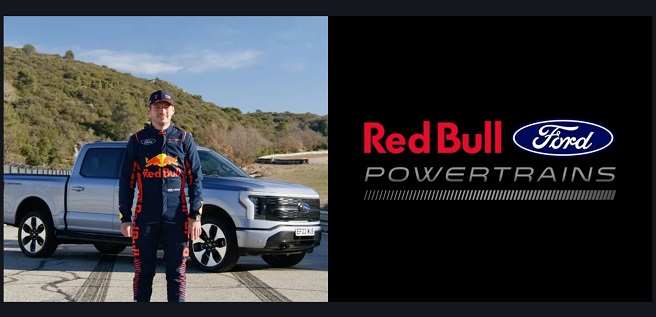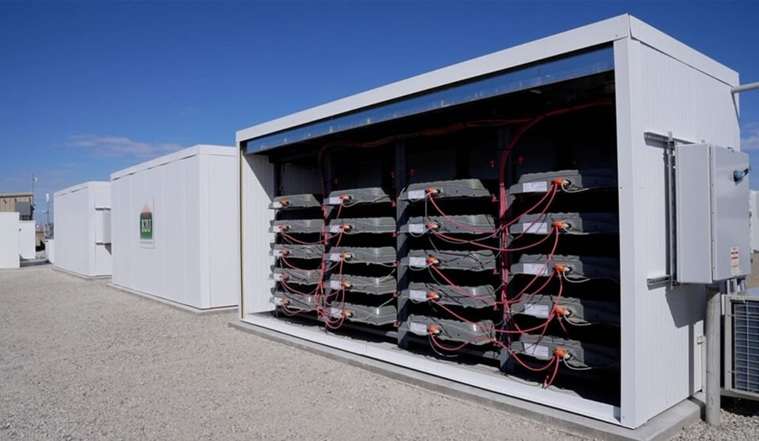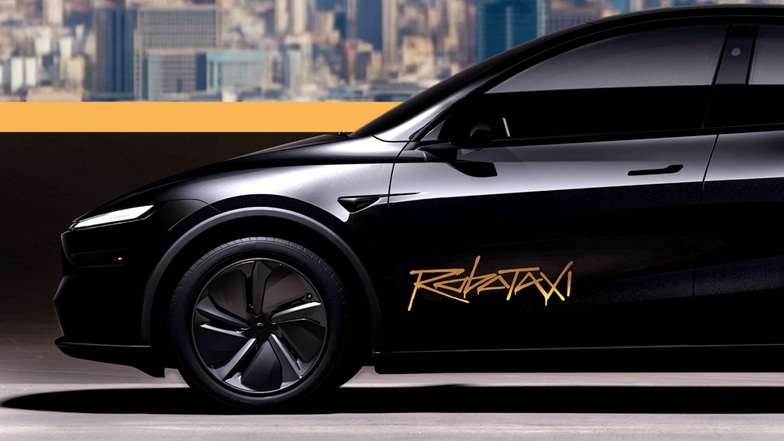Ford confirms its entry into Formula 1 and its electric car division is part of the plan
After Audi, Ford has also confirmed that it will return to Formula 1 when the new power unit regulations come into force in 2026. It will do so as an associate of Red Bull Racing and its subsidiary team, Scuderia AlphaTauri.

Formula 1 is the premier category of motorsport and also the one with the most efficient heat engines on the planet. Its V6 turbo hybrid engines not only offer energy efficiency of more than 50%, something unheard of in combustion engines but also use a double energy recovery system; the so-called MGU-K and MGU-H, associated with the crankshaft and the turbo respectively.
But so much complexity and technical sophistication have a counterpart: its development is extremely expensive and complicated.
That has meant that since its establishment in 2014, only Honda has dared to try its luck in Formula 1 as a competitor to the motorcyclists already present in the category: Mercedes, Ferrari, and Renault.
In 2026, Formula 1 will debut new, simpler, and cheaper hybrid power units. That has encouraged Audi to confirm its presence in the championship from that year something that Ford has now also done.
Why Formula 1 and why in 2026
Formula 1 has become a more interesting global platform for car brands since in recent years it has focused on attracting the new generations and entering a strategic market such as the United States.
But what has encouraged brands to take the step is the introduction of the new engine regulations in 2026. Or, rather, power units, since these consist of a hybrid system made up of a combustion engine and an electrical system, called ERS (Energy Recovery System).
In essence, the power units of 2026 will be the same as today’s, but with a couple of nuances that change things.
On the one hand, the MGU-H (Motor Generator Unit-Heat) disappears, which recovers the kinetic energy generated by the exhaust gases through the turbocharger.
That, in turn, makes the new 2026 engine much easier to design, develop and maintain. in addition, an element that is not very useful as a technology that can be transferred to street cars is eliminated.
The second key is that although the 2026 power unit will continue to be hybrid, the ERS system (the electrical part) will be much more powerful and relevant within the set.
In other words, the development of technology associated with batteries, energy recovery components, and the management of the electrical system will be much more important.
Platform to boost Ford’s range of electric cars
All this is what Ford has taken into account to take the step of returning to Formula 1, also associating with the current champion team: Red Bull Racing.
“We are building two million units of electric vehicles. We haven’t built that much since the 1920s, so we have to promote these vehicles to a new generation of customers,” said Jim Farley.
The CEO of Ford Motor Company affirms that “the sport is exploding in the United States. Three races, lots of young and diverse customers, and they are the ones we want to sell EVs to.”
But what will Ford contribute in its association with Red Bull, a structure that already has its engine division (Red Bull Powertrains)?
“The initial areas identified, and in which we are working, are without a doubt the battery cell technology, the electric motor, and the control software, both the fundamental software and the calibration of the same to optimize the performance analysis within the unit. of power and also throughout the car,” explains Ford Performance director Mark Rushbrook.
Therefore, Red Bull will be in charge of manufacturing the power unit at its headquarters in Milton Keynes, taking over the combustion engine.
For its part, Ford will be integrated into that structure, contributing its experience and knowledge in terms of batteries and other components related to electric cars.
In addition, Ford has a key objective that has been revealed in this type of vehicle. “We hope to learn more about aerodynamics, to translate that into our road cars,” says Rushbrook.
Not surprisingly, Formula 1 cars base a large part of their performance on aerodynamics, which is why the teams have world-leading wind tunnels and DCF (Computational Fluid Dynamics). Ford knows that aerodynamics is key to designing efficient electric cars and wants its future zero-emission models to benefit from it.
Ford electrics triumph in the United States
Although Ford is not going through its best moment in markets as demanding as Europe, in the United States sales are on the right track. That is especially evident in the case of electric cars.
Although it falls short of Tesla, which sells two-thirds of the electric vehicles sold in the United States, Ford’s electric production is growing rapidly.
At the end of last year, Ford was producing 12,000 electric vehicles a month. By the end of 2023, the company expects production to reach 50,000 electric vehicles per month.
Yet despite its achievements in transitioning to electric, Ford still faces challenges with its internal combustion engine vehicles, which generate most of its profits. Farley knows that investors are watching and expecting decisive action from Ford. And Formula 1 is already part of all this.
“You have to be patient. We have the right plan,” Jim Farley told Ford investors earlier this week. “We are growing tremendously in our professional and electric vehicle business. This team is going to deliver for you, and you will get a great return on your investment.”
Related Post


